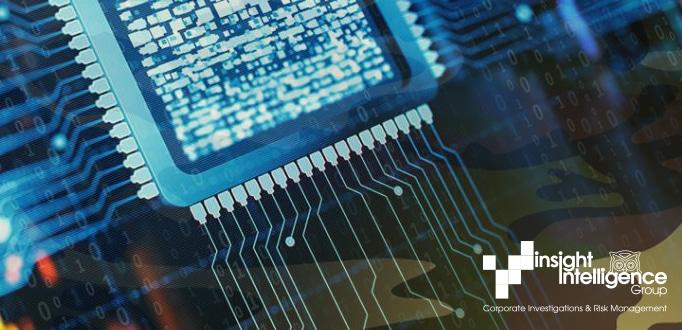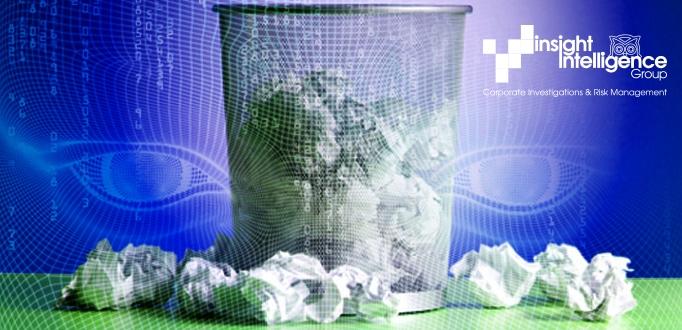From bushfires to health scares – why we should be wary of eco-terrorism
The Australian bushfires and the Coronavirus outbreak are currently the talk of every media organisation in the world. Both events have led to demonstrations, challenges, heartache and massive financial losses. A number of people are questioning whether part of the impact has been as a result of eco-terrorists.
The FBI defines eco-terrorism as the use or threatened use of violence of a criminal nature against innocent victims or property by an environmentally oriented, subnational group for environmental-political reasons, or aimed at an audience beyond the target, often of a symbolic nature.
The new wave of extremists will be greens according to foreignpolicy.com. It discusses how any visit to environmentalist websites or blogs will yield an endless run of protests, demos, marches, and planned civil disobedience.
According to a representative the journalist spoke to from Friends of the Earth, an environmentalist group with chapters across the world, local anti-fracking groups have grown faster than anything he has ever witnessed in the green movement.
Irrespective of whether the current events have been influenced by eco-terrorism, government and corporations alike need to be aware of the potential threats and incorporate them into their risk management plans accordingly.
For over a decade, Insight Intelligence has been providing industry intelligence gathering to supporting corporations in understanding who and what are potential threats and how best to combat them. Governments and corporations need to know how to analyse the mass of information in the media and to prevent damaging events and disinformation that will damage reputations, production and the economy.
Climate change has become a cause célèbre across the globe. The rise of demonstrations and communications about the issue are major risks facing industry and governments. The Intercept reported earlier last year how eco-terrorism had become the FBIs number one domestic terror campaign.
The activities of eco-terrorists are typically two-fold. Firstly, from a direct perspective, for example organising demonstrations aimed at crippling commerce. Secondly, high-jacking communications surrounding an event, such as bushfires, and providing disinformation to cause damage.
The Australian bushfire disasters have seen a clear disinformation campaign according to Queensland University of Technology senior lecturer Timothy Graham. Even the well-respected publication, The Australian, ran an article that falsely claimed 183 arsonists had been arrested in the “current bushfire season” deflecting the arguments about climate change being a central cause.
As an ideology, climate-change is well accepted and so the actions of groups like Extinction Rebellion have strong support from the general public. For an organisation or individual to cause harm under the guise of climate change is comparatively easy. There are obvious activities like campaigning against coal mining as well as more subtle ones such as choosing a time and location for a demonstration that is specifically designed to harm an organisation.
Whilst not strictly in the ‘eco’ space, if the Coronavirus had been a deliberate act, and I’m not saying it was, it has resulted in a truly massive strike against the Chinese economy and the ability of its people to travel internationally. On 3 February 2020, the BBC reported China shares had suffered their biggest fall in four years, with the Shanghai index closing nearly 8% lower as investors weighed the impact of the outbreak.
As climate change activism continues to grow, so does the potential incidence of eco-terrorism. Behind many of the actions of climate change groups there is terrorism lurking. Corporations and governments need to be aware of potential threats and monitor the activities of organisations and individuals to help them develop the appropriate response.



